Have you heard of the 500 Rule in photography? In one simple principle, it can help you get the perfect shot and elevate your photography to the next level. This rule is especially useful for astrophotography, giving night sky photographers a handy guide on how long they can expose an image without getting star trails in their photos. Explore this fascinating rule in more detail and learn how it can benefit all types of photographers!
What exactly is the 500 Rule?
The 500 Rule Produces Razor-Sharp Stars
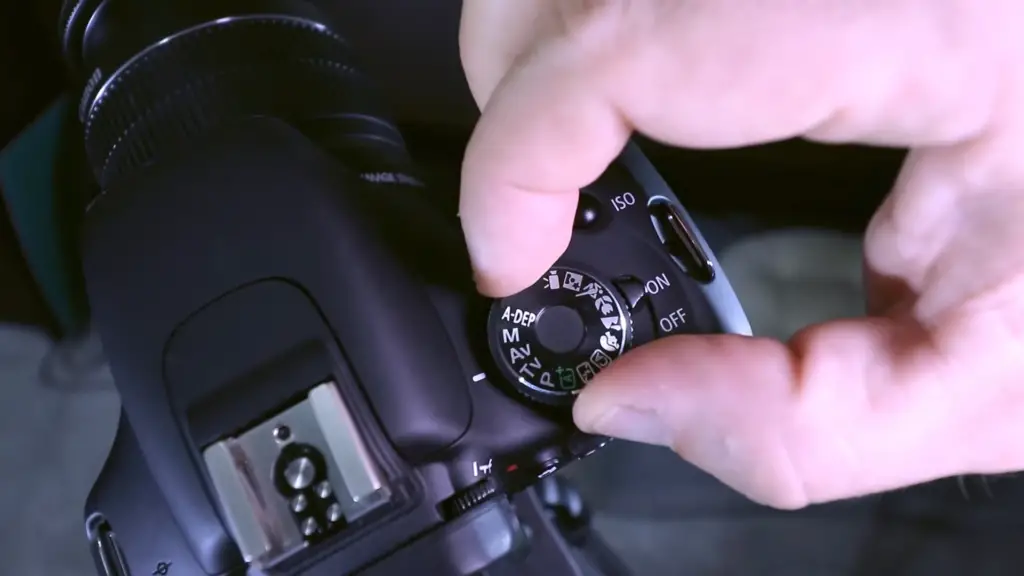
In simplest terms, the 500 Rule states that you should set the shutter speed at a minimum of 500 divided by the focal length of your lens. So, if you’re taking photos with a 50mm lens, you should use an exposure time (shutter speed) of 10 seconds. This ensures that stars won’t appear as blurry discs or streaks in your photographs.
However, it’s important to note that the 500 Rule can be adjusted based on your camera’s sensor size, as well as the brightness of the night sky. By trial and error, you can find what shutter speed works best for your photography needs.
Overall, the 500 Rule is an invaluable tool for astrophotographers looking to capture breathtaking images of star-filled skies. It ensures that stars will appear sharp and defined in your photos. So, the next time you’re out shooting stars, use the 500 Rule to capture a stunning photo that would make any astrophotographer proud.
500 Night Photography Rules
In addition to the 500 Rule, there are a few other tips and tricks that can help make your astrophotography stand out.
First, be sure to bring along a sturdy tripod when shooting stars. This ensures the camera is stable throughout the long exposure time needed for sharp star photography. Additionally, use an intervalometer or remote shutter release in order to reduce the risk of shaking or blurring your photos.
It’s also important to be aware of light pollution when shooting stars. Avoid city lights and head to a dark-sky spot for the best results. Additionally, use the manual focus technique to make sure your stars are perfectly in focus. Finally, don’t forget to check the weather forecast before heading out to shoot stars, as cloudy skies can ruin your photos.
By following the 500 Rule and these additional tips, you can capture breathtaking images of star-filled night skies like a pro. So, grab your camera and get ready to take some stunning astrophotography!

How does the 500 Rule work?
The 500 Rule for Full Frame Camera Sensors
The 500 Rule is based on the idea that stars should appear as pinpoint details, rather than streaks or smears, in a photo. This means that when shooting with a full-frame camera sensor (i.e., one with a 35mm imaging plane size), you should use an exposure time of at least 500 divided by the focal length of your lens.
For example, if you’re using a 50mm lens with a full-frame camera sensor, you should set the shutter speed to 10 seconds (500/50 = 10). This ensures that stars won’t appear as blurry streaks in your photos.
The 500 Rule for APS-C Sensor Cameras
If you’re shooting with an APS-C sensor camera (i.e., one with a smaller imaging plane size than a full-frame camera sensor), the 500 Rule should be adjusted accordingly. Generally speaking, the exposure time should be set to 300 divided by the focal length of your lens.
For example, if you’re using a 50mm lens on an APS-C sensor camera, you should use a 6-second exposure time (300/50 = 6). This will result in sharp stars without any blurring.
The 500 Rule for a Crop Sensor Canon Camera
For Canon cameras with a crop sensor (i.e., one with an imaging plane size that’s smaller than both an APS-C and full-frame sensor camera), the 500 Rule should be adjusted slightly differently. Generally speaking, you should use 200 divided by the focal length of your lens as your exposure time.
For example, if you’re using a 50mm lens on a crop sensor Canon camera, you should use an exposure time of 4 seconds (200/50 = 4). This will help ensure that stars appear as pinpoint details in your photos.
The 500 Rule for a Crop Sensor Nikon Camera
Finally, for Nikon cameras with a crop sensor (i.e., one with an imaging plane size that’s smaller than both an APS-C and full-frame sensor camera), the 500 Rule should also be adjusted slightly differently. Generally speaking, you should use 180 divided by the focal length of your lens as your exposure time.
For example, if you’re using a 50mm lens on a crop sensor Nikon camera, you should use an exposure time of 3.6 seconds (180/50 = 3.6). This will help ensure that stars appear as pinpoint details in your photos [1].

Shutter Speed Settings for the 500 Rule
The 500 Rule is a useful way of calculating the proper shutter speed setting to use for capturing sharp shots of stars and other celestial bodies in night sky photography. It involves finding the correct balance between exposure time, aperture setting, and ISO sensitivity.
To determine your camera’s shutter speed settings using the 500 Rule, start by dividing 500 by the focal length of your lens. This will give you the longest exposure time in seconds that you can use to ensure a sharp star shot. To get an even sharper image with minimal noise, try halving this number and setting your shutter speed accordingly.
For example, if you are using a 50mm lens on a full-frame camera, divide 500 by 50 to get 10 seconds. You can then halve this to 5 seconds for a sharper image with less noise.
For APS-C cameras, which use a crop factor of 1.6x when calculating focal length, multiply your lens’ focal length by 1.6 before dividing it by 500 to get the shutter speed setting that should be used for night sky photography.
It’s important to note that the 500 Rule won’t always guarantee sharp results. For best results, use a tripod and mirror lock-up if your camera is equipped with it. Additionally, keep an eye on the histogram while shooting and adjust your settings accordingly for optimal exposure levels.
Finally, don’t be afraid to experiment with different shutter speed settings. You might discover that shorter exposures can create some interesting effects, such as star trails or a more dramatic sky.
By following the 500 Rule and understanding your camera’s settings, you will be well on your way to capturing amazing shots of the night sky [2]!
How to Go Beyond the 500 Rule
How to Photograph the Milky Way with the 500 Rule
The 500 Rule is a simple guideline for taking astrophotography pictures of starry night skies. It has been used by amateur and professional photographers alike to capture unique photos of the Milky Way, helping them get that perfect shot in less time. To use this rule, start by finding an area away from light pollution and set up your tripod at least 30 minutes before sunset. Then, use a camera with manual settings to set the shutter speed at 500 divided by the focal length of your lens. This will give you an approximate exposure time for capturing stars in your photos without overexposing them. Finally, adjust the aperture and ISO settings until you get the desired effect.

Capturing Emotion in Photos with the 500 Rule
The 500 Rule is not just for astrophotography. It can also help photographers create emotional, captivating photos with a slower shutter speed. To do this, look for interesting subjects and use the same method as before: set your shutter speed to 500 divided by the focal length of your lens. Then adjust aperture and ISO settings until you get the desired effect. By slowing down the shutter speed, you can capture images with a sense of movement or emotion that will make your photos stand out from those taken with a faster shutter speed.
How to Photograph the Moon Using the 500 Rule
The 500 Rule applies to nighttime photography of the moon as well! When capturing the moon, it’s crucial to consider that its light source is much dimmer than the sun. Consequently, using a longer exposure time is recommended to capture finer details in your images. To achieve this, adjust your shutter speed to 500 divided by twice the focal length, and fine-tune the aperture and ISO settings to achieve the desired effect. By extending the exposure time, you can capture more intricate details in your photographs and make them stand out amidst other moon photography shots.
Star Photography: Dos and Don’ts
When photographing the stars, there are several important considerations to keep in mind to capture breathtaking images. Firstly, it is crucial to avoid using autofocus as it may not work effectively for star photography subjects. Instead, take the time to focus manually, ensuring that your focal point is perfectly sharp before capturing the shot. Double-checking the focus will greatly enhance the overall quality of your star photographs.
Secondly, to prevent camera shake and maintain optimal image stability, it is highly recommended to use a sturdy tripod and a shutter release. These tools will help you achieve maximum sharpness and clarity in your star images. In the absence of a remote shutter, you can set your camera to a 2-second delay before each photo to minimize any potential vibrations caused by manually pressing the shutter button.
Lastly, while the 500 Rule provides a useful guideline for calculating the maximum exposure time to avoid star trails, it is important to remember that it may need to be adjusted based on your desired outcome and specific shooting conditions. Experimenting with different settings and exposure times will allow you to achieve the desired level of brightness and detail in your star photographs.
By keeping these essential tips in mind and paying attention to detail, you will be able to create stunning star photographs that capture the awe-inspiring beauty of the night sky with ease!
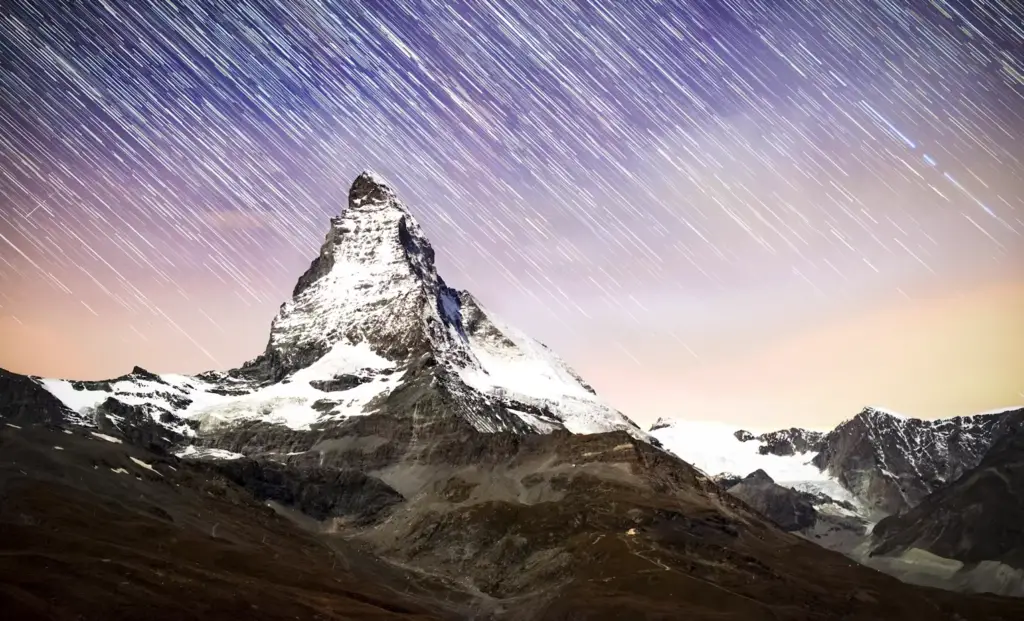
Why Do Professional Photographers Follow The 500 Rule?
The 500 Rule has become a well-known guideline among professional photographers as it offers a reliable way to measure the amount of light that is entering the camera and helps them get the best possible results. The rule states that if you want to avoid star trails in your photos, then you should set your shutter speed to at least 500 divided by the focal length of your lens. This assures that the stars don’t move in relation to the camera and therefore no trails are produced.
Though this rule is widely accepted, it isn’t set in stone -you can still experiment with different shutter speeds if you’re willing to risk capturing some star trails. What’s important is that you understand the basics of how this rule works so you can adjust it to your own needs and preferences.
If you’re looking for the best way to capture stunning night sky photography, then following the 500 Rule is a great starting point. With its help, you’ll be able to take photos of star-filled skies without having to worry about the stars moving too much in relation to the camera. And if you want to take your night photography to the next level, then you can always tweak the 500 Rule to fit your own creative vision. By doing so, you’ll be able to capture breathtaking night sky photos with ease!
In conclusion, professional photographers follow the 500 Rule because it offers a reliable way to measure light entering the camera and helps them get the best possible results. Not only that, but it also serves as a great starting point for those who are just getting into night sky photography and want to capture stunning photos of star-filled skies easily. So if you’re looking to get the best out of your night sky photography, then following the 500 Rule is definitely worth considering!
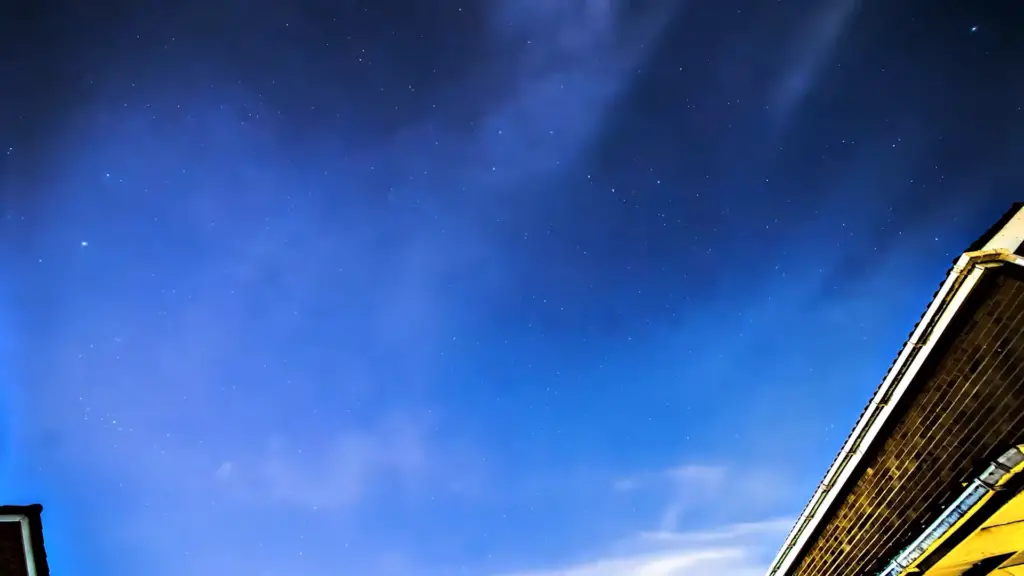
Useful Tools for Calculating the 500 Rule
The Best 500 Rule iPhone Apps
When you’re on the go, iPhone apps can help you stick to the 500 Rule. Here are some of the best:
- 500 Rule Calculator: This app quickly calculates your exposure time based on aperture and ISO settings, so you don’t have to do it manually. It also features multiple preset camera modes for easier calculation.
- LongExposure Calculator: This easy-to-use app lets you calculate your exposure time based on aperture, ISO, and filter density. It also has native support for the 500 Rule.
- 500 Rule Master: This comprehensive app features a range of handy tools for calculating your shutter speed, including a built-in 500 Rule calculator. It can also be used to log your shooting data, for easy reference later.
Tips for using the 500 Rule
When shooting at night, it’s crucial to ensure that your camera remains steady for sharp and motion blur-free photos. One effective way to achieve this is by using a tripod or any other reliable support. By doing so, you can maintain stability and capture clear images even in low-light situations.
While the 500 Rule serves as a useful starting point for calculating exposure times, it’s important to remember that it’s not a strict rule. Adjustments should be made based on the specific lighting conditions you encounter. Experiment with different shutter speeds to find the optimal balance between capturing enough light and reducing noise and motion blur.
In extremely dark conditions, consider utilizing the bulb mode feature on compatible cameras. This allows for unlimited exposure times, giving you the flexibility to capture the desired level of detail. However, keep in mind that using bulb mode may require a remote shutter release or an intervalometer for precise control.
What About the 600 Rule?
The 500 Rule is the traditional guideline for how much work should be done each day. However, many workers today are pushing themselves beyond this limit to get more done in less time. This trend has led to an increase in the number of people asking about the 600 Rule, or even higher numbers such as 700 and 800.
The 600 Rule suggests that workers can complete up to 600 minutes of meaningful work in a single day, provided that the work is broken up into very specific tasks and activities. This concept can be applied to any type of job, from freelance writing assignments to office-based positions.
Unlike the 500 Rule, there is no standard formula or guidelines for what counts as productive work when following the 600 Rule. It is up to each worker, or team of workers, to decide what tasks should be completed and how long it should take to complete them. This means that the 600 Rule can be tailored to fit any individual’s personal situation or particular workflow.
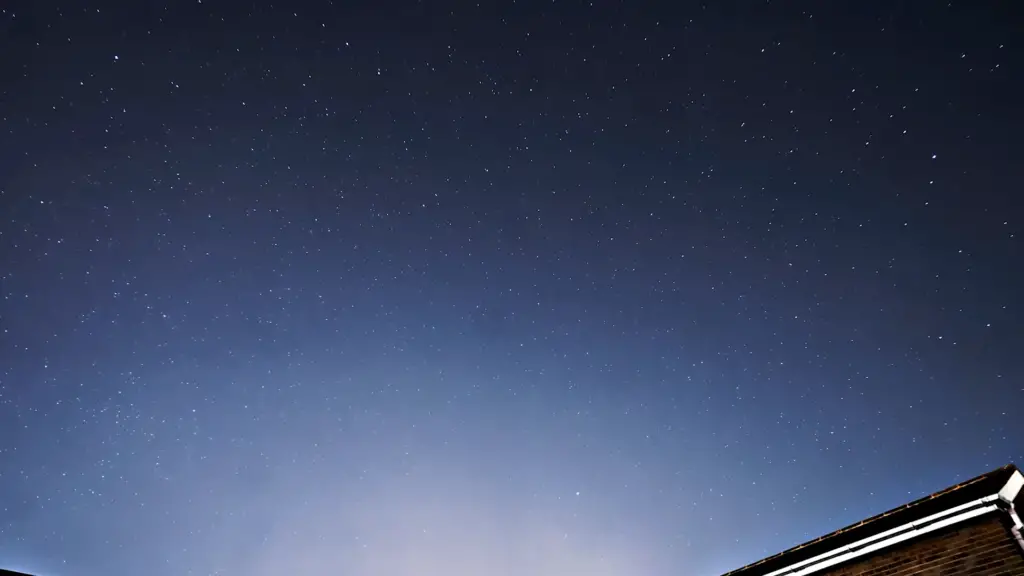
The main benefit of the 600 Rule is that it encourages people to create a more realistic and achievable daily workload. This can be especially helpful for those who are struggling with burnout or want to increase their overall productivity.
Although the 600 Rule is becoming increasingly popular, it’s important to remember that everyone has different capacities and needs when it comes to work, so there is no “one size fits all” solution. It is important to recognize and respect your own limits, as well as those of the team you are working with.
The 600 Rule can be a valuable tool for employees looking to increase their productivity and efficiency in the workplace. However, it should be used with caution, and individual workflows should always be taken into consideration before implementing this rule.
By taking these considerations into account and making sure that the 600 Rule works for you, it can be the perfect way to maximize your daily productivity.
There Is Also The NPF Rule!
The 500 Rule isn’t the only rule-of-thumb marketers should consider when crafting their voice. Another such guideline is the New Product Finder (NPF) Rule, which states that any new product or campaign should be able to capture at least 500 leads within its first 3 months of launch.
At a high level, this means that any new product or campaign should be able to generate a large enough number of leads in its early stages for it to become successful and sustainable.
The NPF Rule is particularly important when launching a new product to an existing customer base, as it provides them with tangible proof that the product has value before investing their time and money into it. Additionally, having 500 leads is a great start to building relationships with new customers.
Finally, having 500+ leads gives your marketing team enough data and feedback on the product to help inform future iterations of it. This can be used to adjust messaging, refine targeting, and optimize campaigns for greater ROI.
It’s important to remember that while the 500 Rule and NPF Rule provide useful guidelines, the actual numbers may vary depending on your product, market size, and target audience. However, used together, these two rules can be a great way to help ensure success for your new product or campaign launch.
Additionally, having an experienced team completing analytics and feedback reviews after each successful launch will help you better understand the necessary numbers for future launches, and will also allow you to fine-tune your product or campaign to maximize success.
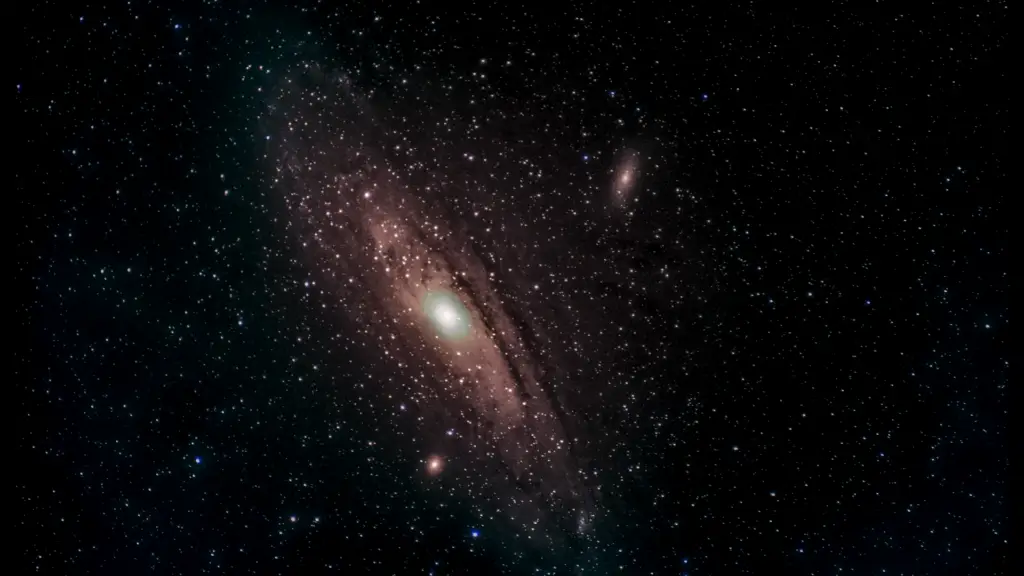
To summarize: The 500 Rule and NPF Rule are good guidelines to follow when launching a new product or campaign. However, remember that the actual numbers may vary based on specific factors, such as market size and target audience.
FAQ
What is the 500-300 rule in photography?
The 500-300 rule is a simple guideline for taking pictures with a digital SLR camera. It states that if the subject you are photographing is at least 500 feet away from you, then you should set your shutter speed to 1/500th of a second. If the subject is 300 feet away, then you should use 1/300th of a second for your shutter speed. This rule is a good starting point for setting the correct exposure for a photo, but it’s important to remember that other factors can affect the exposure. Lighting conditions, ISO settings and lens aperture all need to be taken into consideration when setting shutter speed. In addition, it’s always helpful to review your photographs after taking them to make sure you’ve achieved the desired results.
How do I use the 500-300 rule?
Using the 500-300 rule is easy! First, determine how far away your subject is from you. If it’s at least 500 feet away, then set your shutter speed to 1/500th of a second. If it’s 300 feet away, then set your shutter speed to 1/300th of a second. Once you’ve done this, make sure that all the other settings on your camera are correct for the situation. This includes ISO, aperture and lighting conditions. Finally, take a few test shots and review them to make sure you’re getting the results you want.
What are some tips for improving my photography with the 500-300 rule?
When using the 500-300 rule, there are several tips to keep in mind. First, make sure to always use the right shutter speed for the situation. If your subject is 300 feet away, don’t use 1/500th of a second shutter speed since this will underexpose your photo.
In addition, always pay attention to other factors that can affect exposure such as lighting conditions and ISO settings. Lastly, remember to review your photos after taking them. This will help you gauge if the exposure was correct and make any necessary adjustments for future shots.
What is the 500 rule for a 50mm lens?
The 500 rule for a 50mm lens states that if you are shooting with a shutter speed of 1/500th of a second, then the maximum exposure time should be limited to 20 seconds. This is because longer exposures can lead to star trails in images due to the Earth’s rotation. To avoid this, it’s important to keep your shutter speed at least 1/500th of a second when shooting with a 50mm lens. This is the simplest way to make sure your photos will turn out without any star trails. It’s also important to remember that the 500 rule applies only to lenses up to 50mm in focal length, so if you are using a longer lens then you should adjust accordingly.
##How do you calculate the 500 rule?
The 500 rule is a simple calculation that requires the use of basic math. To do this, you will first need to determine the shutter speed you are using and then divide it by 500. For example, if you are shooting with 1/200th of a second as your shutter speed, then you would divide 200 by 500 and get 0.4. This means that the maximum exposure time should be limited to 0.4 seconds (or 24 frames per second).
It’s important to remember, however, that the 500 rule is only a guideline and in some cases you may need to adjust your shutter speed or exposure time accordingly depending on the situation. For example, if you are shooting with a lens longer than 50mm then you may need to adjust the calculation accordingly.
What is the reciprocity failure correction for a 500 rule?
Reciprocity failure correction is an adjustment that needs to be made when using long exposures with certain types of film. Depending on the type of film and its sensitivity, there can be a shift in color balance or other compromises in the final image when longer exposures are taken. To correct this, you can use a reciprocity failure correction, or “fudge factor”, to adjust your exposures accordingly.
For the 500 rule, this means that if you are shooting with 1/500th of a second shutter speed then you may need to add an additional one-third of a stop when setting your exposure. This will help to compensate for any potential color shifts and ensure that the image is properly exposed. It’s important to remember, however, that this adjustment may not be necessary in all cases, so you should always test out different exposures to make sure you are getting the best possible results.
##What other rules of thumb should I keep in mind when taking photos?
When taking photos, there are several rules of thumb that you should keep in mind. First, always use the correct shutter speed for the situation. This means using a faster shutter speed for subjects that move quickly and a slower one for those that don’t. In addition, make sure to pay attention to other factors such as ISO and aperture so that you can get the best possible results.
Finally, remember to review your photos after taking them. This will help you identify any issues with exposure or color balance and make any necessary adjustments for future shots. With these tips in mind, you should be able to take better photos and capture stunning images every time!
What is the 500 rule for DSLR?
The 500 rule for DSLR cameras is the same as for other types of cameras and states that if you are shooting with a shutter speed of 1/500th of a second, then the maximum exposure time should be limited to 20 seconds. This is because longer exposures can lead to star trails in images due to the Earth’s rotation. To avoid this, it’s important to keep your shutter speed at least 1/500th of a second when shooting with a DSLR.
It’s also important to remember that the 500 rule applies only to lenses up to 50mm in focal length, so if you are using a longer lens then you should adjust accordingly. Additionally, it’s beneficial to adjust your aperture and ISO settings appropriately for the situation. For example, if you are shooting in low light then you may want to increase your ISO and open up your aperture so that more light can reach the sensor.
Useful Video: The 500 rule – tested (astrophotography)
Conclusion Paragraph
500 Rule in Photography is an important concept for photographers to understand and apply to create the best images. This guide has outlined the specifics of what the 500 Rule is and provided some tips on how to take advantage of this rule while shooting. Understanding the ins and outs of this rule will help improve your photography skills significantly, allowing you to capture beautiful images with ease. With a bit of practice, you can make use of the 500 Rule to create stunning images.
References
- https://wildromanticphotography.com/melbourne/tips-advice/what-is-the-500-rule-in-photography/
- https://photographylife.com/500-rule-vs-npf-rule
- https://www.lightstalking.com/500-rule/






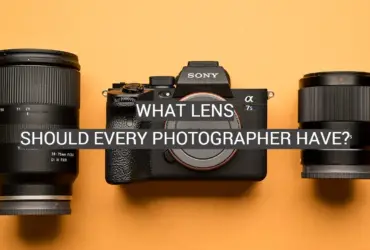




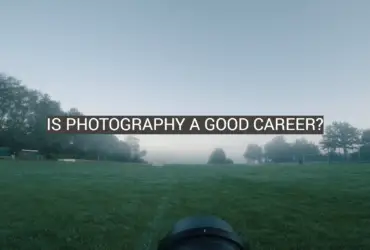
Leave a Reply